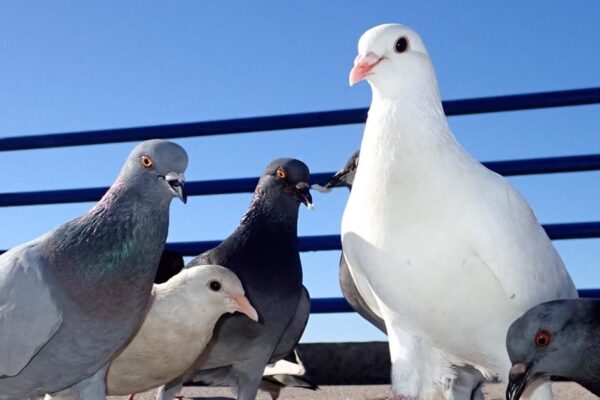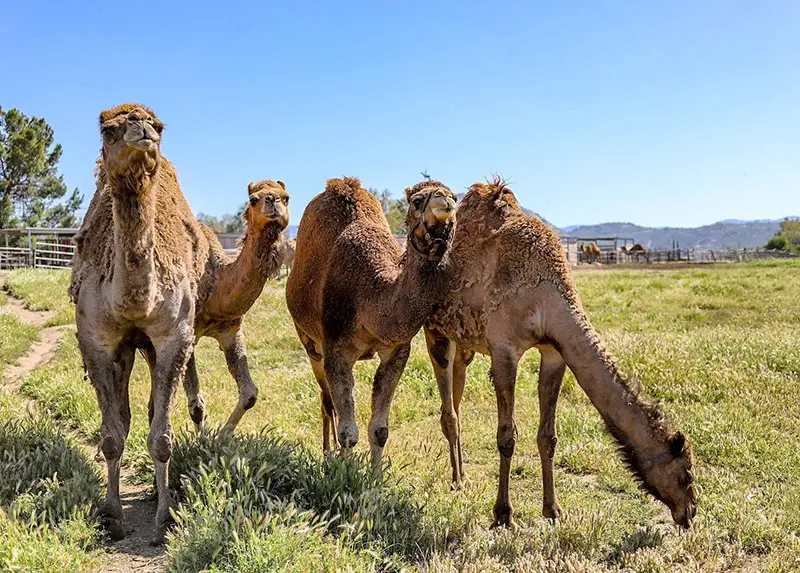Hens, with their distinctive clucking and feathery charm, have been woven into the fabric of human societies for centuries. Beyond providing fresh eggs and meat, these remarkable birds exhibit fascinating social behaviors and complex communication systems. By delving into the diverse collective nouns used to describe groups of hens, we embark on a journey beyond the coop, exploring their social dynamics, ecological significance, and the challenges they face in a changing world.
Collective Nouns For Hens
While “brood” is the most common term for a group of hens, signifying a close-knit family unit, other terms paint a more nuanced picture depending on the context:
- Brood: This term evokes a sense of nurturing, protection, and shared lineage. It signifies a group of hens, including a mother hen and her chicks. The image it creates is one of a dedicated mother hen tirelessly guiding and protecting her young, highlighting the strong maternal instincts and family bonds within these groups.
Example: As the sun peeked over the horizon, a brood of hens emerged from the coop. The mother hen, her feathers ruffled but eyes watchful, led her fluffy chicks across the farmyard, showcasing the inherent connection and care within a family unit.
- Flock: This term signifies a larger and potentially less related group of hens living together in a single area. It evokes a sense of shared space, cooperation, and social interaction. The image it creates is one of a group of hens foraging, socializing, and potentially raising young together, highlighting their ability to coexist and form social bonds beyond immediate family ties.
Example: In the golden light of the afternoon, a flock of hens scratched contentedly in the dust bath. Their feathers fluttered as they pecked for food, occasionally interacting with each other through clucking and gentle nudges, showcasing the social interactions and sense of community within a larger group.
- Peep: This term, with its playful connotation of a chirping sound, specifically describes a group of young chicks. It evokes a sense of dependence, vulnerability, and shared growth. The image it creates is one of a group of fluffy chicks huddled together, chirping and exploring their surroundings under the watchful eye of their mother, highlighting their dependence and the early stages of their social development.
Example: Following their mother hen with unwavering attention, a peep of chicks scurried across the barn floor. Their tiny beaks pecked at the ground, their yellow fluff bouncing with each step, showcasing the first steps of these young birds venturing into the world under the guidance of their parent.
- Clutch: While not strictly referring to a group of hens, “clutch” signifies a specific context – the group of eggs laid by a single hen. It evokes a sense of potential, new life, and shared origin. The image it creates is one of several eggs nestled together in a warm nest, waiting to hatch and usher in a new generation, highlighting the reproductive cycle and the continuation of their lineage.
Example: Tucked away in a cozy corner of the coop, a clutch of eggs lay nestled in the straw. Their smooth shells hinted at life waiting to unfold, showcasing the potential for new life and the continuation of the cycle within the henhouse.
Interesting Facts About Hens
Understanding these collective nouns goes beyond mere vocabulary; it allows us to appreciate the intricate world of hens and their contributions to our lives:
Masters of Communication: Hens possess a surprisingly sophisticated communication system, utilizing a diverse array of clucks, cackles, and body language to express various emotions, including warnings, contentment, and the need for food or water.
Social Hierarchies: Within flocks, hens often form pecking orders, with dominant hens establishing their position through subtle displays and occasional confrontations. These hierarchies play a role in resource access and social interactions within the group.
Ecological Significance: Beyond providing eggs and meat for human consumption, hens play a vital role in the ecosystem. They act as natural pest controllers, consuming insects and other invertebrates, and contribute to seed dispersal through their foraging activities.
Final Thoughts
From the nurturing “brood” to the vibrant “flock,” the diverse collective nouns for hens offer a glimpse into their multifaceted lives and enduring presence in our world. By appreciating these terms, understanding their intricate behaviors and ecological significance, and acknowledging the challenges they face in intensive farming practices, we can strive to create a future where hens are treated with respect and their well-being is prioritized. Let us celebrate these remarkable birds not just for their eggs, but for the complex social lives and contributions they make to the world around us.






